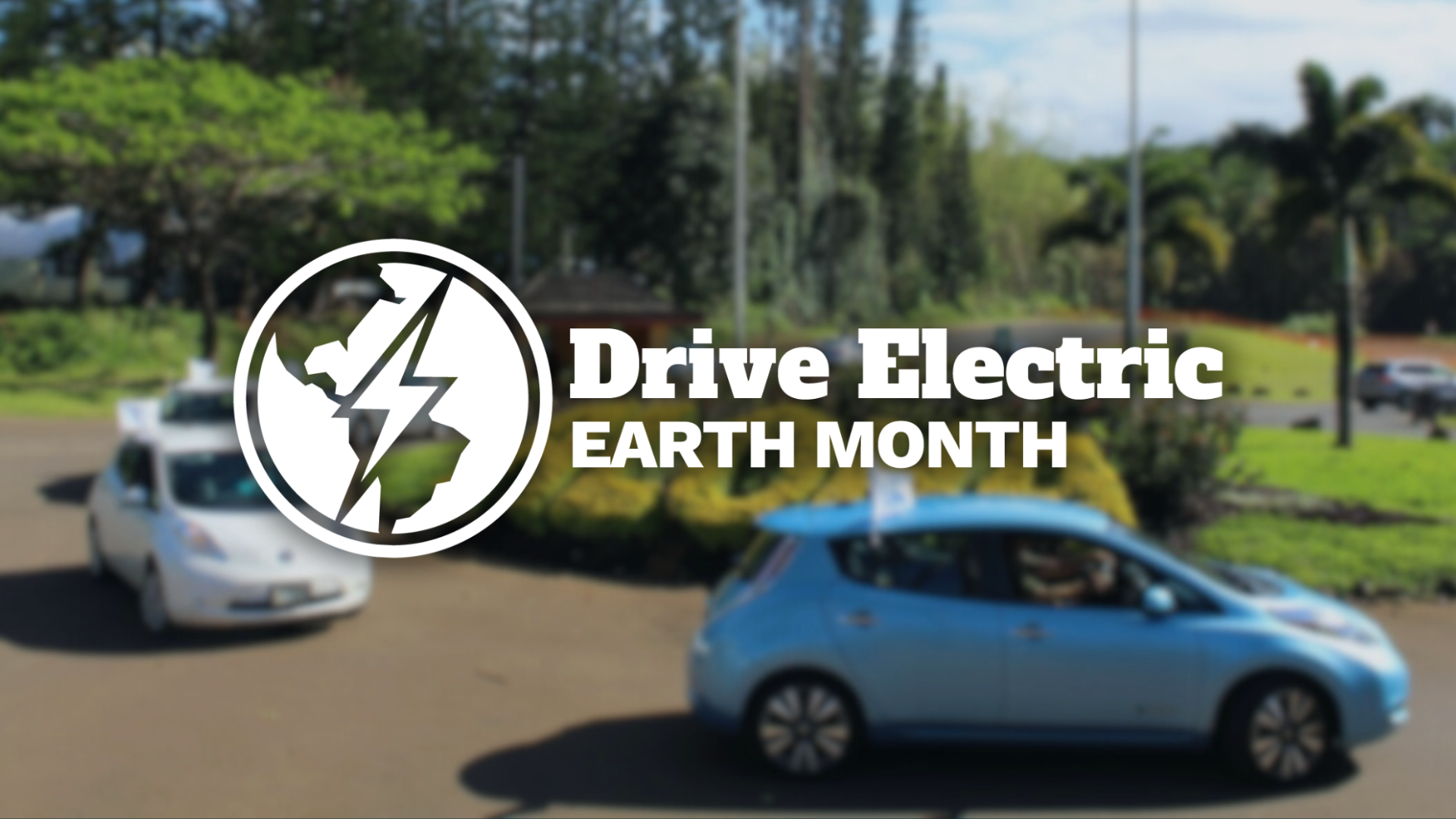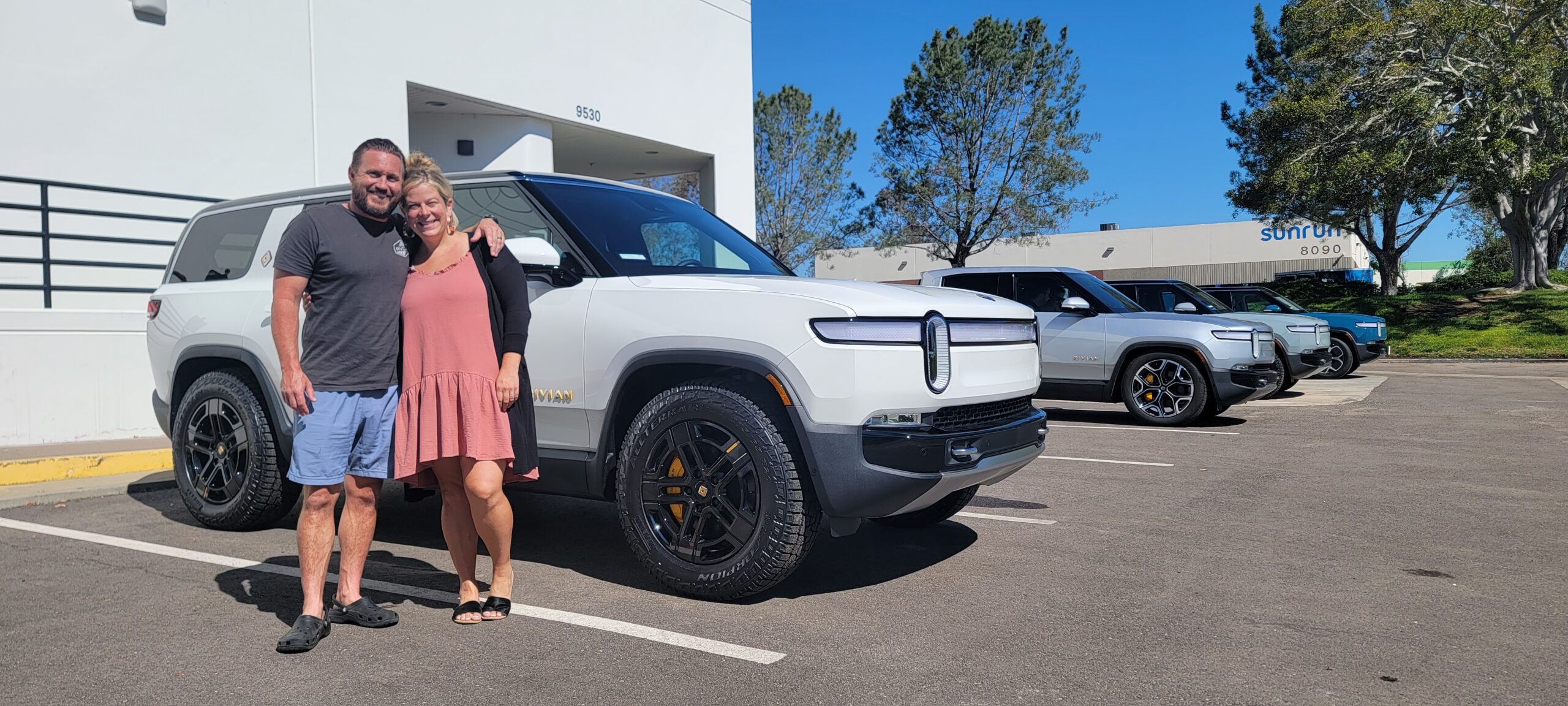Plug-in electric vehicles are far better for the environment than gasoline vehicles, even on the current grid. They are not zero-impact–no car ever will be–but they are a major leap forward now, and will get even better as the grid improves (which is underway; coal use has gone from 52% to 44% just since 2007, and this trend is expected to continue) or as their owners choose cleaner electric sources. This is an enormous benefit.
Plug-ins have many other benefits, of course. But if you read any mainstream media article on plug-ins–heck, even if you read articles from sources dedicated to following them (which often have “green” in the title)–far and away the most common thing said about them is that they are “green”. In fact, many articles do not mention any other benefits at all.

Old “green” car
THE BURDENS OF HISTORY
There is a downside to this label, because “green” vehicles have a history. Consider how cars were made “green” in the gas days: it had to use considerably less fuel. Ways to do that included making it smaller, improving aerodynamics, and reducing the size of the engine (which reduces power, but increases noise and vibration, because it is working harder). But what happens when you try to sell a small, funny-looking (not always! but often enough), rough car without much power? For one thing, people don’t want to pay as much for it as they would pay for a nicer car. Especially given that the largest reason people seek out “green” gas cars is to save money at the pump–there are some people that do it for environmental reasons, but most buyers look after their pocketbook first. Hence the preoccupation with “payback time”, which nobody calculates for any vehicle feature other than “greenness”. (The green option is so undesirable that people only take it if they are paid for it). Reducing the price of the car is therefore important as well. Cue the vicious cycle of lowered expectations->lowered willingness to pay->more cost reductions to the product->lesser product.
In short, most people are used to thinking of “green” cars as small, cheap, funny-looking, and no fun to drive. Penalty cars for tree-hugging hippies. That may not be fair, but fairness has nothing to do with it–perceptions are perceptions. Most Americans would rather not drive one. “Green” vehicles have rational-mind virtues, but they are not emotionally desirable.
The rules change with electricity. Larger electric motors are more efficient than smaller ones. Most of the noise and vibration are gone. This higher quality justifies more content; in a vehicle line with a plug-in option, the plug-in features are at the top of the range. But people are still used to the old rules.
ANTI-GREEN REFLEXES
While many conservatives understand the benefits of domestically-fueled vehicles and support them, there is a small but very vocal subset that hates anything “green”. You can see them commenting on every mainstream media article about plug-ins, and until recently in most conservative news source articles about them. They say they are “not really green” (that is their favorite pot-shot, because they assume the only supporters are extreme environmentalists), cheap, slow, unsafe, only go 40 miles, cost too much, and how unfair it is that they get subsidies when petroleum doesn’t. They have never driven one, and are demonstrably wrong on every count, but when corrected on one point they just move to the next. They hate these cars because they are “green”. They fear the government will soon force us to buy expensive cars that nobody wants. If the emphasis was on, say, domestic fuel rather than how “green” the cars are (perhaps things are moving this direction), a lot of this reflexive opposition would disappear.
And while most progressives understand the environmental benefits of electricity over petroleum for transportation, many question it. That’s understandable, because unlike the benefits of domestic fuel, it’s not obvious–it requires complex calculations like the ones in the linked studies. But even once they understand the benefits, a small number of them fear that this good may become the enemy of their perfect–bicycles, mass transit, what have you. Perhaps their project will be delayed if people focus on switching from petroleum to electricity, so they fight plug-ins too; and they start with the same argument the anti-green obstructionists love to start with: the cars are “not really green”. A lot of this opposition would also melt away if plug-ins were not nearly synonymous with “green”.
INVISIBLE BENEFITS
The “green” stereotypes could be overcome if other plug-in advantages were easy to see. But the unfortunate thing is that most plug-in vehicle virtues are invisible: gobs of low-end torque, better-than-luxury-car smooth acceleration, better-than-luxury car silence, better-than-sports-car throttle response, and incredible traction control go completely unnoticed until people take a ride. Many times I’ve patiently explained these benefits and watched people nod politely; then watched the completely shocked expression on their faces when I took them for a ride.
Financial savings also go unnoticed because–unlike sticker prices–fuel savings are invisible, hard to predict, and in the future; almost nobody calculates how much they spend on gas over time, or knows how to figure out how much they could save on electricity. The few that do try to do the math usually compare a plug-in to the cheapest possible gas car, because they assume it’s a penalty car just like a “green” gas car. They also assume gas prices will stay the same over the next 10 years, as if that was a prudent bet.
Maintenance savings are hidden too: I’ve seen focus groups come to a group conclusion that BEVs must cost more to maintain than gas cars simply because they are new.
Benefits to the US economy and energy security are pretty obvious once you bring them up. But they are also not something you see when you look at the cars, nor something that comes to mind when thinking about “green” cars.
CURRENT PERCEPTIONS
We now have a new type of vehicle for sale that most people have never been able to purchase before. Environmentalists love that they are available, but only a small percentage of buyers cite environmental reasons for their purchase. So the “green” label is not moving many green people to buy; but it is turning off most Americans that only have their old perceptions to go by. They don’t consider the benefits they can’t see.
Emphasizing “electric” over “green” may even make things worse. Because the major automakers did not offer electric highway capable vehicles until a year ago (aside from very small numbers in a single state a decade or so ago), and crash testing a new vehicle is way beyond the means of most small companies, the only experience most people have with electric vehicles are with ones that have not been crash tested–golf carts, NEVs, bicycles and scooters. Which generally–again, not always; but enough to influence perceptions–puts us in the same place: small, cheap, funny-looking, no fun to drive–and generally not a practical replacement for their main vehicles. (Note: I am not knocking these vehicles! Any electric mile is a good mile; they have a niche and can serve it well. My point is simply that their sole representation of what “electric vehicles” are contributes to mainstream consumers’ perceptions that plug-in vehicles are not high-quality cars).
COUNTERING PERCEPTIONS
We can’t count on the automakers to fix this. First, most of them aren’t making the vehicles yet; and when they do, they only intend to sell a very small number. Small all-electric manufacturers (Wheego, Coda, Tesla) can’t afford significant ad campaigns. The few large manufacturers trying to sell plug-ins in quantity could afford ad campaigns; but they sell many more gas cars than electric, so they don’t want to go too far to explain the benefits of these new vehicles over everything else they manufacture. Nissan ads keep hitting hard on the “green” theme even though their own research shows it is not what motivates their buyers. GM ads take pot-shots at BEVs despite their own research showing that most consumers don’t understand the differences between BEVs and PHEVs like the Volt (you would be amazed at how many people do not realize the Volt has a gas engine–they really think 35 miles is as far as it can go).
We can put all the information we want on our web site–but who’s going to spend time looking us up to find out more about what they perceive to be an expensive, unproven penalty car? We need a way to get the cars in front of people and change their perceptions first. Nothing works better than a test drive. Unfortunately, we don’t have enough volunteers to get a significant number of Americans in to our cars. If you own one and are willing to help, please take people for rides! Consider an Electric Driveway Party.

New “green” car
These are cars that people love when they try them–especially the financial savings compared to similarly fun gas cars. But how can we convince them to try the cars when they are mistakenly perceived as expensive and undesirable? Without millions of dollars or millions of people (or millions of cars!), how can we overcome perceptions and get mainstream Americans to see plug-in cars as desirable? Let us know what you are doing.
Posted by Chad
Images courtesy Stefano Paris and Tesla Motors.

